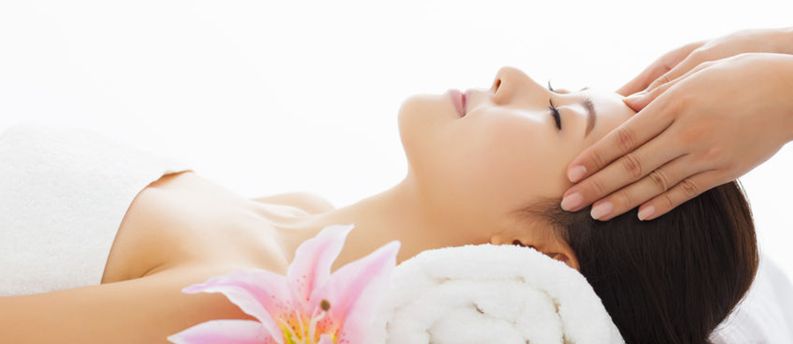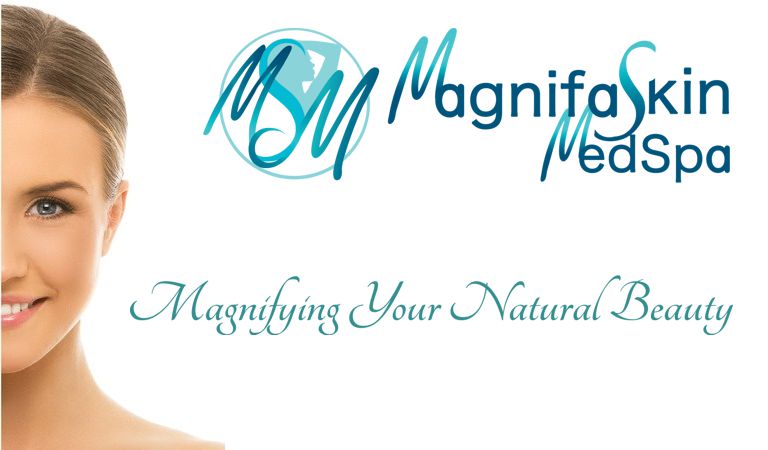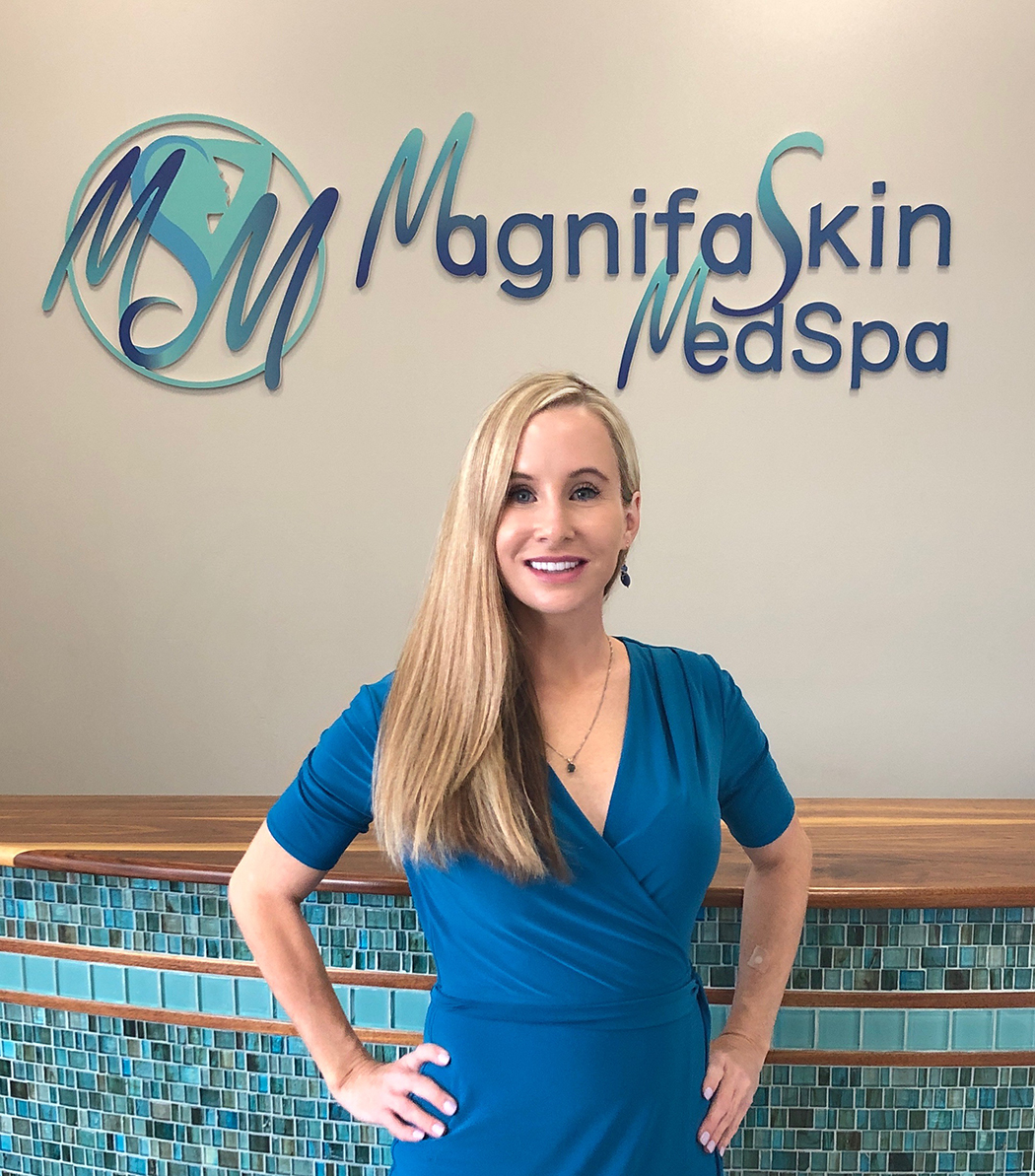
Peels vs. Facials: Part 1 of 3 – Salon Facials
Many of you have had a facial, either at home or in a salon. Far fewer people have had a chemical peel, despite the increased effectiveness in renewing your skin. So if you’ve been wondering about the difference between these two common salon treatments and the benefits of each, read on.
Facials: What They Do
Facials will leave you with cleaner, fresher skin that will restore your natural healthy glow. The effects can last for up to 72 hours.
People get facials for different reasons. If you suffer from acne a deep cleansing facial can temporarily reduce the occurrence of pimples and blackheads. Facials are a very good treatment for dry skin as the salon moisturizers will penetrate deeper and last longer than your daily moisturizer. Increased circulation that results from the steam and massage keeps your skin healthier so it ages slower. Of course there are the obvious cosmetic reasons. If you have a special date coming up and want your skin to look its best, a facial is almost a necessity. Finally, a facial just feels good.
Facials: The Process
You’ve probably given yourself a facial at home. Relax in the tub, smear it on, leave it sit for a while and scrub it off. A salon facial is a much more involved experience.
Consultation
First, you’ll get a complimentary consultation from a skin care professional. This will take in to account a wide range of factors from the age of your skin, sensitivity, and allergies to your diet, exercise regimen, how much water you drink and any medications you may be taking. With this information, your esthetician can recommend the best facial treatment for you, or even customize one if your skin requires special care.
In some cases, the consultation may include a deep examination of your skin under a bright magnifying lamp. The esthetician is examining your pores and checking your skin close up for micro wrinkles, dry skin, buildup of dead skin cells and the amount of natural oils.
Preparation
You’ll be provided with a wrap to wear during the procedure. It’s up to you how much of your clothing you want to remove, and the technician will leave the room to give you privacy while you change. The purpose is to leave your skin bare from the top of your breasts up. Of course there’s no need remove your pants, and if it makes you more comfortable you can even leave your bra on and simply tuck the straps under your arms.
When she returns, your esthetician will wrap your hair with a towel or wide headband to keep products out of your hair.
Cleansing
Cotton pads will be used to remove any remaining makeup, dirt and oils from your skin. In many cases, a double cleansing will be performed. The esthetician will determine the right products to use for your cleansing based upon your skin type and any known allergies you may have. You shouldn’t worry though. Facial cleansers are very gentle and almost all are hypo-allergenic.
Steam
Most facials include a steam treatment. The steamer will direct steam over your face, warm enough to open your pores and cause your face to sweat. This drives out the oils and any trapped dirt for a deep cleaning. It also boosts circulation as the heat acts as a vasodilator on the blood vessels in your face.
In some cases a steaming may not be recommended. It can aggravate certain skin conditions such as rosacea or fungal infections.
Exfoliation
Unlike chemical peels, exfoliation during a facial is usually a mostly ‘mechanical’ process. While the exfoliant that will be applied will often contain mild chemicals to help remove dead skin cells, it’s mostly the grit in the exfoliant and the mild scrubbing action that the esthetician will apply that removes the dead skin. As we’ll see in part 2 of this series, this is very different from a chemical peel.
Facial Massage
This may be done during the exfoliation step above, or may be a separate part of your facial treatment. Either way, this step stimulates circulation which helps to restore plumpness to your skin and a healthy glow. Also, it’s very relaxing!
Facial Mask
This is the most important step of the facial. Your mask will be tailored to benefit your skin type, whether dry, dehydrated, sensitive, red, or oily. Masks typically contain a mixture of clay, black moor mud, aloe vera, seaweed extract, algae, essential oils, massage oils, herbs and vitamins. The specific mix will be determined by your skin type.
The mask will be left on for 10 to 15 minutes. Many estheticians will provide a scalp massage during this time. Depending upon your skin needs and the mask ingredients, you may experience any or all of the following benefits:
- Tightening and toning
- Hydration
- Removal of impurities
- Faster healing
- Fewer blemishes
- A sense of calm and peace (don’t underestimate what being more relaxed can do for your skin!)
- A healthy youthful glow
Protection
After the mask is removed, you get an application of a toner and moisturizer, often containing a sunscreen as well. Now that you’ve given your skin the benefit of a salon facial, we want to preserve those benefits for as long as possible.
Home Care
Your esthetician will also likely give you free advice on home care. A skin care regiment that is right for you will do a great deal to protect your skin and keep it youthful longer.
Check back next week for part 2 of this series and learn the benefits and process of a professional chemical peel.

Be the first to know about new Specials, and blog posts with valuable free information on skin care, beauty and wellness. Sign up below and you'll receive an email notice of new specials as well as new posts. You can unsubscribe at any time.


